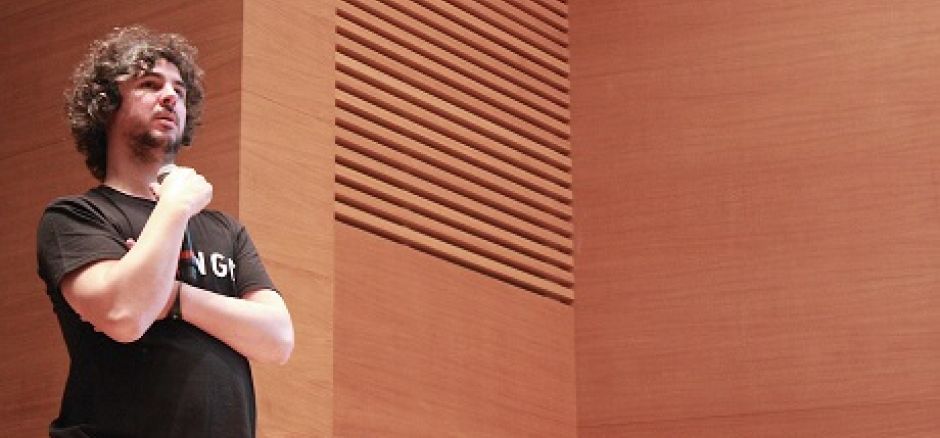Stress at work, although common in our lives, often brings negative consequences not only for mental well-being, but also for productivity. If the tension builds up we get overwhelmed, our brain starts to get tired and we stop thinking clearly. How can you offer serenity to your mind if you lead an accelerated pace of life? The best and easiest thing to do is to include meditation practices in your day to day.
Meditation and mindfulness are revolutionizing the world. Today more and more companies decide to use their benefits to improve the creativity, happiness and health status of their workers. Taking a mental break is crucial to maintain an emotional balance and lower the level of stress. Meditation can be an easy and convenient tool to be more efficient, creative and happy in your work. In just a few minutes of practice you can rest and recharge your brain better than during a nap. Here are some ways you can introduce meditation into your work routine:
1. Find the right time and place
To make a mental break you don't need to sit on the floor with your legs crossed in a special room with a relaxing atmosphere. Take any time you can to disconnect from outside noise and get away from the tension. You can find a silent room or meditate sitting at the table. Any occasion is good to practice. Make sure nobody bothers you for a few minutes and find a comfortable position. Everything ready to start!
2. Start with small steps
Learning meditation requires practice. Give yourself time. It will be a while before you can do 15-minute sessions in your office. To start, try every day for three to five minutes of mental breaks of any kind. Constancy is the most important. As you get used to meditation as part of your routine, you will realize that you are able to concentrate on the practice for longer periods of time. Remember that it is a process that some days may be more difficult. Do not be discouraged because soon you will notice the difference.
3. Focus on the breath
Breathing exercises are the simplest way to meditate, but also one of the most discreet and effective. You can practice it at your table, in the subway or even in a traffic jam. Close your eyes and lengthen your breath. Inhale and exhale slowly and consciously. Count each breath until you reach ten. Do not worry if you lose count, at first it is very difficult to pause your brain and not think about anything. You will soon be surprised how something so simple can regulate your emotions and increase well-being.
4. Focus your attention on the present
Learn to focus all your attention on the present. Focusing on things as they are at the present time is the basis of mindfulness. If you have a break for tea or coffee, do it without haste, focusing only on that moment, without your mind taking care of anything else. You can use full awareness also on your way to work: do not turn on the “autopilot” mode, pay attention to your surroundings, your breathing and your movements. Try to avoid multitasking, opt for monotarea to improve your concentration and productivity. It establishes moments of conscious mindfulness during the day to concentrate all the attention on what, at this moment, is happening.
Although meditation and mindfulness practices may initially be difficult to introduce into your work routine, the effects deserve the effort. If you allow your brain to rest, your emotions will regulate and you will notice an improvement in your well-being, health and creativity. Only a few minutes can make a difference, so take a mental break every day.
